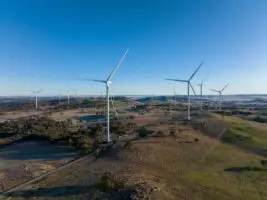The world is about to experience a fascinating experiment, when a solar eclipse hits Europe on March 20th 2015.
The managers of Europe’s power networks are well aware and I stumbled across a fascinating paper today that models what’s likely to happen.
Europe has an estimated 90GW of PV capacity on line (almost twice Australia’s entire generation capacity) and it is estimated that as much as 30GW of capacity will be lost during the eclipse, assuming clear sky conditions. Obviously, taking 30GW out of supply fairly rapidly has the potential for some serious consequences but the boffins are able to measure timing, ramp down and ramp up very accurately.
Of course, it’s not the first time Europe has experienced a major solar eclipse and had to deal with PV capacity being part of the mix, so they have some good lessons to model from the last one in 1999. Interestingly, humans being the inquisitive creatures that we are, are expected to dominate the impact.
You see, because we are so inquisitive we tend to stop what we are doing and observe such major interstellar events and this causes a big drop in energy demand in the lead up to solar eclipses, followed by a big ramp up when we all go back to work. If history is consistent, the impact of 742Million people stopping for a Croissant, a Bratwurst or a Machiato is bigger than the loss of energy from PV.
The result depends on a wide variety of conditions of course but geographic variations in weather and other factors add a helpful dose of organic diversity; it truly is an example of the chaos theory in action. Logically, Germany and Italy who have the largest PV installed capacity will have the biggest impact and face the largest risks; more than 70% of the infeed reduction is expected in these two countries alone.
The results of the March 20th solar eclipse will be a valuable new lesson for the PV and Energy industries around the world in the mixed dynamics of solar radiation, network control and human dynamics. The graph below shows the modelled results.
Nigel Morris is head of Solar Business Services. Republished with permission.












